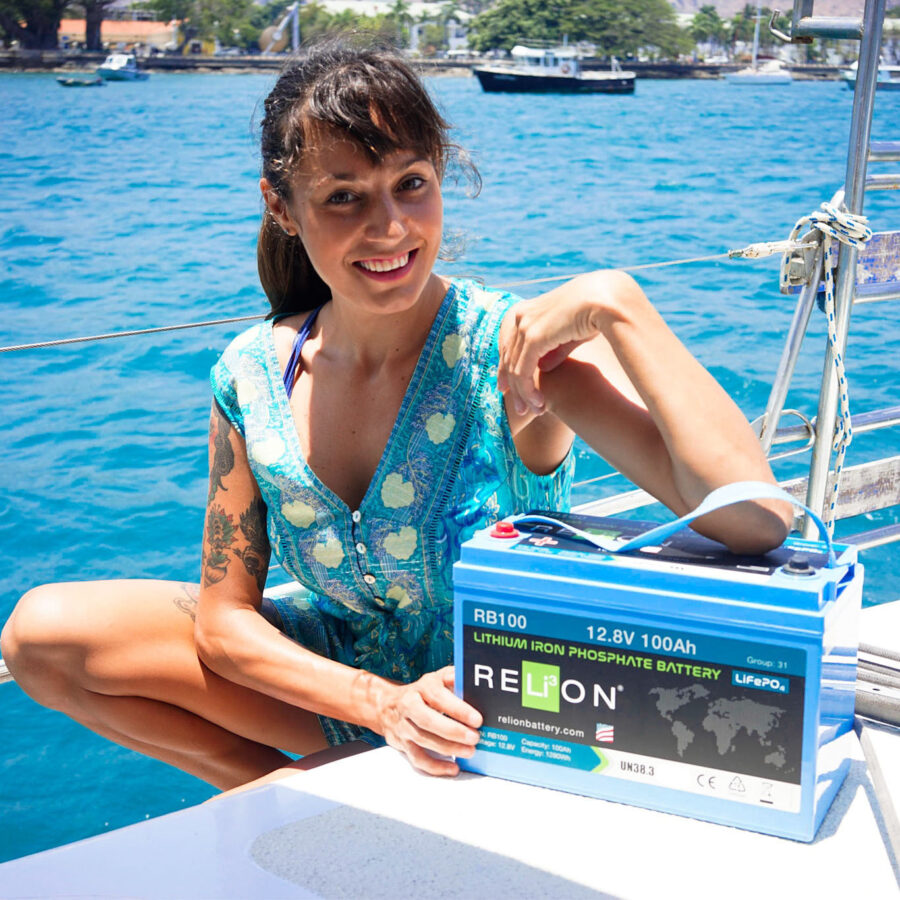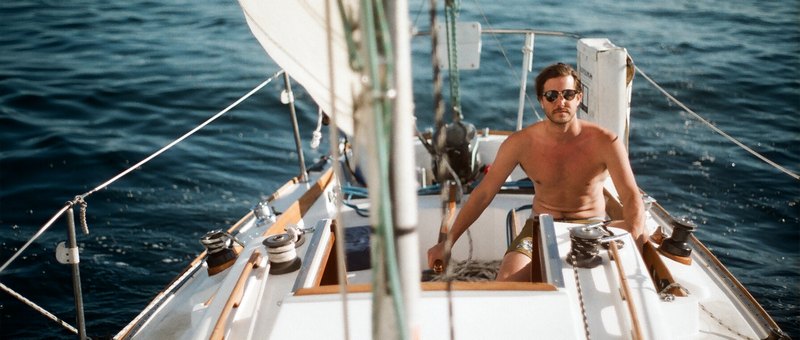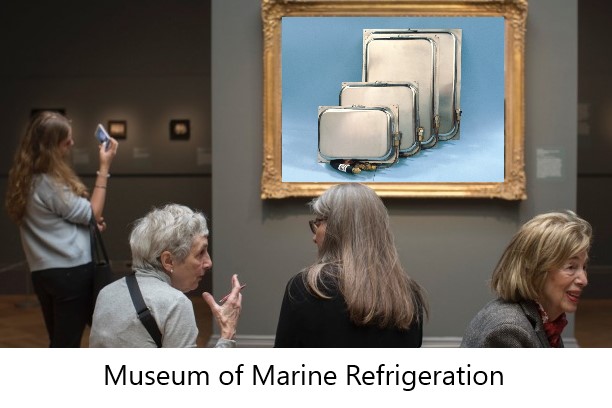Phone: (301) 352-5738
Email: info@CoastalClimateControl.com
Office | Warehouse:
1598 Whitehall Road, Suite D
Annapolis, Maryland 21409
Solar by the Barrel-Load
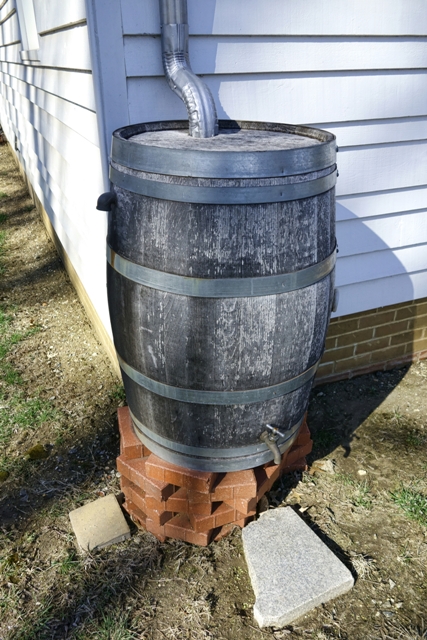 There seems to be many misconceptions regarding solar panels, particularly concerning marine installations on vessels. I’m thinking that maybe it’s because we all see solar panels on houses and assume that what applies to roof-top installations also applies to boats. Wrong!
There seems to be many misconceptions regarding solar panels, particularly concerning marine installations on vessels. I’m thinking that maybe it’s because we all see solar panels on houses and assume that what applies to roof-top installations also applies to boats. Wrong!
Here’s some solar facts. Typical solar panels with silicon cells will:
• Produce electrical power whenever they are exposed to light, and this is proportional. Small amount of light - small power output.
• Produce full voltage even in very low light, often even indoors, but only if they are disconnected and not being asked to produce any power. Potential voltage output depends mainly on the number of cells. Each cell typically produces around 0.6 to 0.7 volts.
• Produce full current output only if there is a big enough load, the sunlight is good enough, and shading is non-existent. Potential current output depends on the size and type of cells.
In general; the quantity of cells determines voltage; the quality of cells determines amperage.
Now, what we are after in a boat solar application is to grab whatever power we can whenever there is available sunlight, and that means from dawn right through to dusk, not just at noontime. I often hear customers say that there is absolutely no shading at the back of their sailboat, but then when it is suggested that maybe in early to mid morning or mid to late afternoon, the presence of a humongous mast and associated rigging might shade a stern-mounted panel, they will humbly agree. From that sort of response one could deduce that many boaters are under the assumption that solar panels will really only work for a couple of hours each side of noon. Not so Horatio.
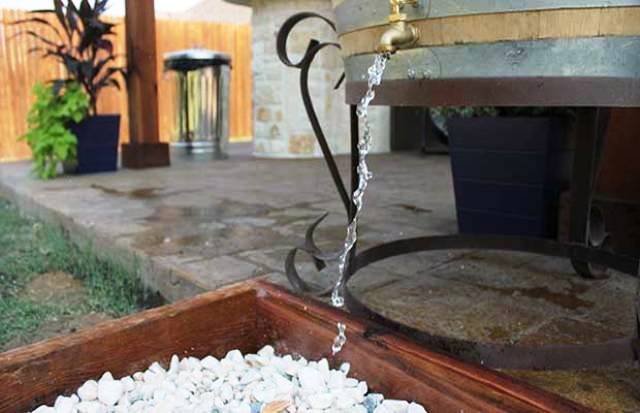 Think of electrical power as being like a water supply, with volts representing water pressure and amps being water flow. When the tap at the bottom of a full rain barrel is closed (“faucet” is so la-dee-da and saying “spigot” makes me spit), there will be maximum water pressure behind it and zero water flow through it. In terms of our solar panel this would equate to the panel being disconnected, so having lots of voltage available, but no current flow.
Think of electrical power as being like a water supply, with volts representing water pressure and amps being water flow. When the tap at the bottom of a full rain barrel is closed (“faucet” is so la-dee-da and saying “spigot” makes me spit), there will be maximum water pressure behind it and zero water flow through it. In terms of our solar panel this would equate to the panel being disconnected, so having lots of voltage available, but no current flow.
If we then open the tap, water flow is initiated and pressure decreases, similar to what occurs in a solar panel when connecting a load to the output; i.e. charging a battery. With a load, current will flow (amps), and the voltage will drop to a lower value than before, dependent on the current flow. If the level of water in the rain barrel were to be kept constant, by an equal amount of rain water pouring in than is flowing out of the tap, then the pressure and flow would stay constant.
But when the rain tapers off and the barrel starts to empty, the flow and pressure will both decrease as the water level diminishes. The same effect is true of the output from a solar panel when the solar energy hitting the panel decreases or is compromised.
At noon on a clear sunny day, our marine solar panel will be able to produce close to its rated power output as long as there’s a big enough load for it to supply, and this is like our full rain barrel being replenished at the same rate as it empties. Ideally we’d love to see enough solar energy at work on the panel that it could continuously deliver its maximum potential electrical power to the load.
At mid-morning and mid-afternoon, the sun is lower and the available solar energy is obviously less than at mid-day, but it is still there and still useful. The current flow will be diminished, as will the voltage if the load is still in excess of what the panel can supply under those conditions (this is why we need solar panels with much higher voltages than we can use). Think of the rain barrel being only half full and the tap opened fully.
In the early morning and late afternoon there is still solar energy to be reaped, although now greatly diminished. Our rain barrel now has only a smidge of water in it and it’s only just dribbling out of the tap, but it is still producing water, just like a solar panel will still produce power!
The above assumptions are based on the solar panel being in clear conditions devoid of any shading. Any shading on the panel, or any reduction in the available sunlight, i.e. haze or cloud, reduces the current flow (amps), and increases the pressure (voltage). We can think of this as similar to the tap on the rain barrel being closed a little to reduce the flow.
We can see from the above that solar panels will produce useful power even when exposed to weak sunlight. To get the most out of a marine system on a boat, we need to counter the effects of shading as much as possible in order to ensure that the panel(s) are working to their full potential right through the day, from coffee and croissants at breakfast, to cocktails and nibbles at sundown, and at all times in between.
Imagine it’s dawn and you are anchored in the Caribbean. Here the wind blows predominately from the east, so your bow will be pointing east, which coincidentally is where the sun will be coming up. Once the sun is up above the horizon we’d have the potential to start harnessing solar power, but that mast and its associated rigging will be throwing all sorts of shadows on any solar panels mounted at the back of the bus, seriously depleting the potential solar yield. Then later, when the sun is higher, there will be shadows from the boom and other items to consider. In marine solar applications, shading issues are mostly unavoidable, especially on sailboats. That’s why, if you want to get the best possible results and the highest daily yield from your solar, we will always recommend using one solar controller per solar panel if at all possible and practical.
That seemingly whopping instantaneous current reading you saw from your solar panels at noon one day may be good for bragging rights at the bar, but it is the total daily amp/hour yield, from sunup to sundown, that tells the real story.
By accepting you will be accessing a service provided by a third-party external to https://www.coastalclimatecontrol.com/



